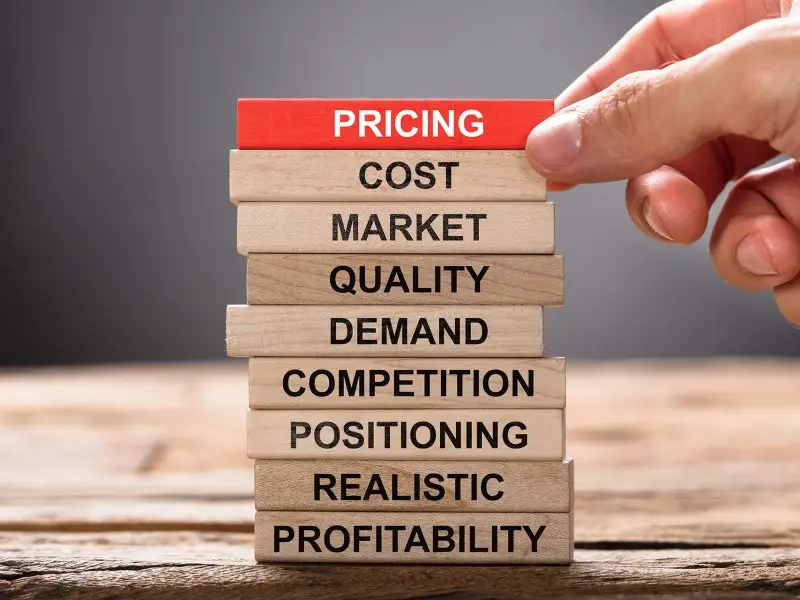Positive Language, Positive Thought Process, Positive Outcome!
I’d like to share a valuable insight I gained from a journalist speaker I heard a few months ago. It’s a simple concept, yet it can have a profound impact, especially when applied to important negotiations: the power of positive language. By using positive language, you create a positive thought process, which in turn leads to a positive outcome. It may sound straightforward but give it a try and see the difference it makes.
The Power of Positive Language
Let’s start with a simple example. Imagine you’re describing the weather. If you say, “It’s not raining,” that phrase doesn’t necessarily paint a picture of good weather. However, saying, “It’s sunny,” immediately conjures up a more positive and clearer mental image. Both statements essentially convey the same thing – that it’s not raining – but the latter creates a much more positive impression.
Another example: saying “It’s not a disaster” may not offer the reassurance you intend. The word “disaster” grabs attention, and the mind tends to focus on that, despite the word “not” preceding it. A better alternative might be, “Everything is fine,” but only if that’s genuinely the case!
Applying Positive Language in Sales Negotiations
Now let’s take this a step further. Imagine you’re in a sales negotiation and the potential client comments that your product or service is expensive. A common instinct might be to respond with, “It’s not expensive.” However, applying the same principles as above, the word “expensive” sticks in the client’s mind, even with “not” in front of it. A more effective response might be something like, “It’s actually very reasonably priced when you consider the value it provides.”
Receiving this kind of objection is quite common in sales, and it can indicate that your groundwork in understanding the client’s needs might not have been as thorough as it could be. Alternatively, it could suggest that you haven’t fully demonstrated the value of your offering in a way that resonates with them personally. But that’s a topic for another blog…
For now, the key takeaway is to shift your language from negative or neutral to positive. Avoid repeating back negative statements; instead, reframe them to create a more optimistic and proactive narrative. This subtle shift can completely transform the tone of your conversation and help steer it towards a more successful outcome.

Practical Tips for Using Positive Language
Here are a few practical ways to incorporate positive language into your business interactions:
- Avoid negative words where possible: Instead of saying what something isn’t, focus on what it is. For example, replace “It’s not difficult” with “It’s straightforward” or “easy to manage.”
- Reframe objections positively: When addressing concerns, highlight the benefits and value rather than countering the negatives. For instance, if someone says, “Your service seems complicated,” respond with, “It’s designed to be comprehensive, ensuring you get the best possible results.”
- Use affirmative language: Even in challenging situations, aim to use affirming and positive phrases. This not only helps you stay calm but also reassures the other party that everything is under control.
- Focus on solutions, not problems: Rather than saying, “We don’t have that feature yet,” try, “That’s something we’re working on, and we expect to introduce it in the near future.”
The Impact of Positive Thinking
The beauty of using positive language is that it doesn’t just affect your conversations; it changes your mindset. When you consistently reframe situations in a positive light, you train your brain to focus on opportunities rather than obstacles. This kind of thinking can have a powerful ripple effect – boosting your confidence, enhancing your problem-solving skills and improving your overall communication.
In the business world, where negotiations, sales and customer relationships are critical, this shift in language can make a world of difference. People are naturally drawn to those who project positivity and using positive language helps build rapport, trust and goodwill.
Try It Yourself!
Start paying attention to how often you use negative or neutral language in your conversations and see if you can reframe your statements in a more positive way. It may take some practice, but you’ll soon notice the difference it makes – in your mindset, in how others respond to you and ultimately in the outcomes you achieve.
We’d love to hear your thoughts! Leave a comment below to share your experiences with using positive language and feel free to share this blog with your network.
Have fun practising your positive language – it may be a small change, but it can lead to big results!





